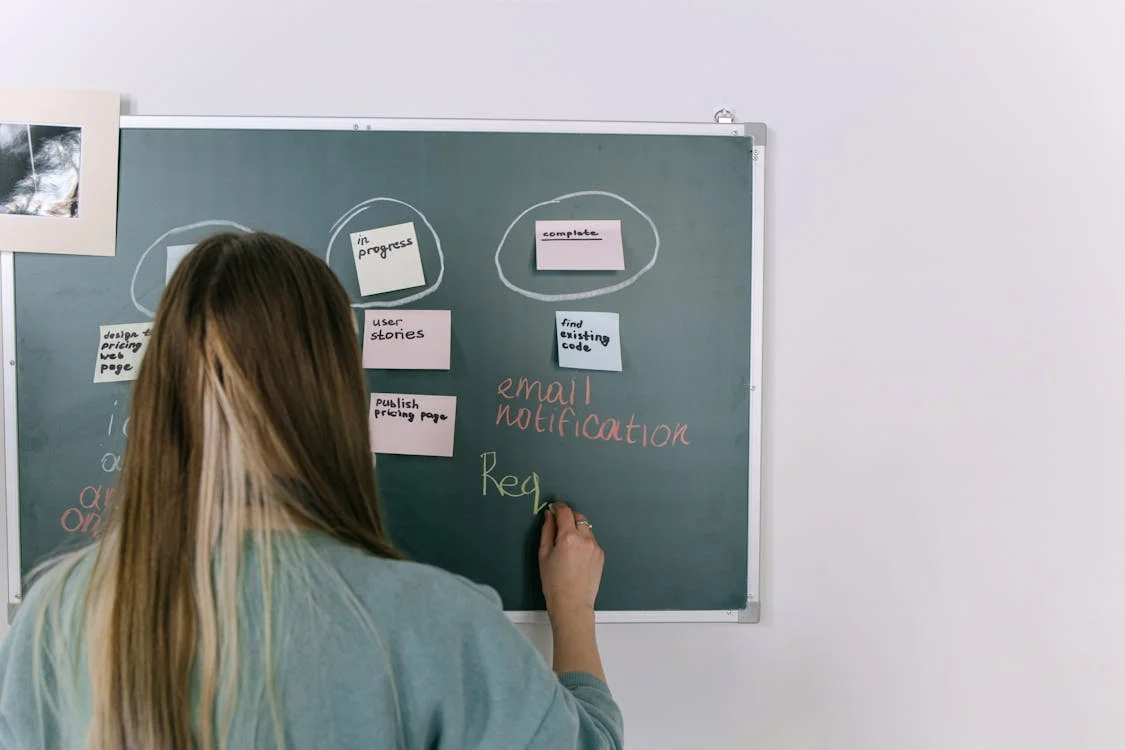Procedural missteps can derail even the strongest wage and hour law cases before they reach resolution. Whether you’re representing employees or defending an organization, overlooking key steps in the litigation process increases both cost and risk. In California, where employment law requirements are complex and deadlines are unforgiving, a single missed notice, an incomplete record, or a faulty filing can alter the outcome entirely.
If you handle these matters regularly, you know how quickly technical errors accumulate. Skipping a step in your prelitigation investigation checklist, mishandling discovery requests, or rushing into settlement discussions without full documentation all create openings for disputes, delays, or dismissal.
In this article, we’ll walk through the most frequent procedural mistakes in California employment law wage and hour claims and offer practical, preventative strategies you can apply immediately.
The Common Filing and Notice Errors
In the litigation process, small administrative mistakes can derail even the strongest case. Under California employment law, courts often expect absolute precision in filing deadlines, formats, and notice requirements. A missed date, an incomplete form, or failure to send a legally mandated notice can lead to delays or outright dismissal. Employers and attorneys alike must treat the early filing phase as a critical compliance checkpoint.
Many errors stem from skipping or misinterpreting procedural guides. For instance, wage and hour claims often have strict notice periods, and failing to notify all parties properly can limit remedies. Investing time in a thorough prelitigation investigation checklist helps identify gaps before formal proceedings begin.
Common filing and notice pitfalls include:
- Miscalculating the statute of limitations under wage and hour law.
- Using outdated court forms or filing in the wrong jurisdiction.
- Omitting mandatory attachments such as exhibits or declarations.
- Failing to serve all necessary parties within the required time.
Beyond clerical accuracy, clear recordkeeping supports legal risk mitigation. Every document, from the initial complaint to proof of service, should be reviewed against both statutory requirements and court-specific rules. This disciplined approach reduces the likelihood of procedural setbacks and keeps your case moving forward.
Documentation Gaps That Undermine Claims
In wage cases, weak documentation can undo months of work in the litigation process. Courts applying California employment law expect complete, consistent records that align payroll data with timekeeping, meal or rest periods, and classification decisions. When your files are thin or scattered across systems, you invite disputes over accuracy and credibility that slow the case and increase costs.
These gaps often appear when teams rely on memory rather than systems. Using clear procedural guides and a living prelitigation investigation checklist helps you surface missing items before demands or filings. You’re building a narrative as much as a file; auditors and opposing counsel will read it that way.
Watch for these documentation gaps:
- Incomplete time and meal/rest period data under the wage and hour law.
- Misaligned pay stubs, payroll registers, and timecards.
- Missing classification analyses for exempt vs. non-exempt roles under employment law.
- Untracked manager edits to time entries and exception approvals.
Close the gaps with standardized retention, consistent naming conventions, and cross-checks between systems. Treat every document as if it will be Exhibit A: verified, dated, and tied to policy. This discipline supports legal risk mitigation and keeps your case anchored in facts rather than recollection.
Missteps in the Pre-Litigation Phase
Early mistakes tend to compound. Skipping structured intake, overlooking policy audits, or sending premature demands can weaken leverage before the litigation process begins. Under California employment law, precision matters; opposing counsel will scrutinize demand letters, records requests, and statutory notices for defects that narrow claims or remedies.
A purposeful pre-suit workflow keeps you from reacting case-by-case. Start by aligning facts with policy and statute. Then, use your prelitigation investigation checklist to confirm who knew what, when, and where evidence lives (HRIS, payroll, messaging apps). Calibrate your strategy with the help of tested procedural guides so timing and content are defensible.
Your goal is to surface weaknesses, yours and theirs, before positions harden. Tight, source-backed facts increase credibility and settlement value while improving legal risk mitigation. When pre-suit work is meticulous, you enter litigation with momentum instead of repairs.
Discovery Stage Mistakes and How to Avoid Them
Discovery determines what the court and the other side will believe. Process slippage, late productions, vague objections, or poor custodial sweeps create sanctions exposure and narrative damage. Ground your plan in procedural guides, map custodians and systems, and confirm confidentiality protocols that meet California employment law standards.
| Common Mistake | How to Avoid |
| Broad, unfocused requests that trigger objections | Tie each request to elements under the wage and hour law and define timeframes or sources. |
| Missing cloud or chat data from key custodians | Inventory data sources during the prelitigation investigation checklist and issue tailored holds. |
| Boilerplate objections without specifics | State burden, scope, and privilege with facts; anchor to employment law standards. |
| Disorganized productions (no metadata, no load files) | Produce with consistent formats, metadata fields, and indexes traceable in the litigation process. |
| Inadequate privilege logging | Use standardized fields and rolling logs to preserve privilege and credibility. |
Plan depositions only after you’ve pressure-tested the document record. A coherent discovery story advances legal risk mitigation and positions you to win motions on the strength of the evidence. Use platforms like Practitioner to help you prepare with precision.
Compliance Practices That Prevent Procedural Setbacks
Procedural wins start long before a claim. Consistent compliance habits reduce errors, shrink exposure, and streamline defense. Align policies with California employment law, verify that practice matches policy, and train supervisors on how decisions affect records and risk under wage and hour law.
Think systems, not heroics. Embed checklists, audits, and alerts so compliance happens by default. Your prelitigation investigation checklist should double as an internal health check: if you’d need it for a case, you should maintain it in operations. Then, keep your team aligned with practical procedural guides they actually follow.
Everyday practices that pay off:
- Quarterly pay-stub/timekeeping reconciliations tied to employment law requirements.
- Automated hold protocols for separations and complaints.
- Manager training on edits, exceptions, and documentation.
- Cross-system ID mapping so payroll, HRIS, and scheduling data match.
These routines make audits smoother, demands cleaner, and defenses stronger. Most importantly, they operationalize legal risk mitigation, lowering the chance that a technical misstep, not the merits, drives your next outcome.
Timely Resources to Navigate Procedural Pitfalls
To effectively manage procedural challenges in wage and hour claims, leveraging comprehensive resources is essential. CEB offers a suite of tools tailored for California employment law practitioners. For in-depth guidance, the California Wage and Hour Law and Litigation manual provides expert insights into complex wage and hour rules, aiding in both compliance and litigation strategies.
Additionally, CEB’s OnLAW Pro platform delivers up-to-date procedural guides and practice notes, ensuring you stay informed about the latest developments in employment law. These resources are invaluable for handling the litigation process and enhancing legal risk mitigation.
To explore these tools and more, visit CEB’s Employment Law Solutions. Empower your practice with the knowledge and resources to address procedural pitfalls effectively.






